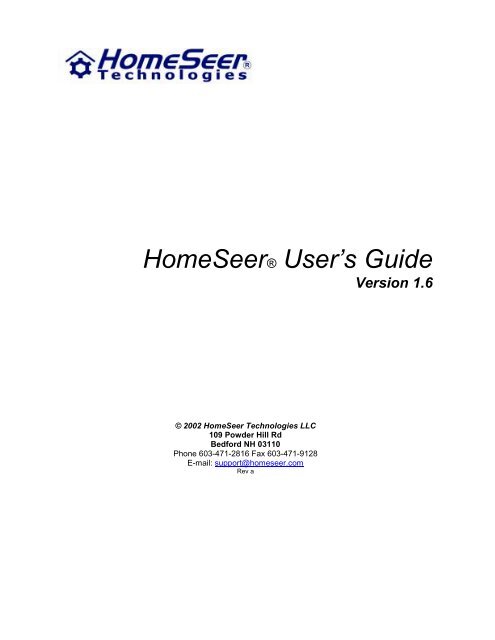
Indeed if there is in any sense a mechanism which allows the two codes to operate systematically together, then in some sense we can say that all Grammar 2s have the potentiality for merging with all other Grammar 2s. But can they be regarded as a form of Grammar 2? Gumperz would no doubt say yes, in that it might be possible to write a grammar of the new mixed common language. The point still holds that two very distinct languages may work together harmoniously because their speakers need them both.

Be that as it may, there is perhaps a more compelling argument in the Gumperz case that is to characterise the phenomenon he describes as some kind of mixing which could lead to a new language. Nevertheless, in his work in Central India, and his insistent evidence in Khalapur, Gumperz (1964) showed that two historically distinct codes, one Indoeuropean and other Dravidian, have developed in part to become one language. But in no sense could we say, synchronically, that Japanese and English are, together, to be regarded as a common language. It may be that a long period of contact, close contact, might cause some kind of mixing to take place, it might lead to a pidgin and subsequently a creole and then a new language. To take an extreme case I would readily agree that while, say, Japanese and, say, English can be said to share (in some sense) Grammar 3 and also that an individual speaker of ‘Japanese’ and an individual speaker of ‘English’ each has his/her own Grammar 1, I would be hard put to argue for any sharing at the Grammar 2 level. The amount of systemsharing does not appear to matter. Examples can be found at every level: what are commonly called separate languages may or may not differ in the number of system units. The quantity solution can be rebutted at all levels, not just at the phonological one: at the lexical (British English, American English), the morphological (Scandinavian languages), the syntactic (Italian dialects) and even the discoursal (classical and colloquial Arabic).

On what grounds then are they regarded as a single language? A straightforward example of the quantity problem would be that the English spoken in England and the English spoken in Scotland combine, with other Englishes, to make what is commonly referred to as ‘a language’ (British English) and yet in terms of phonology the systems of English and Scottish English are quite different.

Argument, the method of categorising, cannot simply be a matter of quantity.


 0 kommentar(er)
0 kommentar(er)
